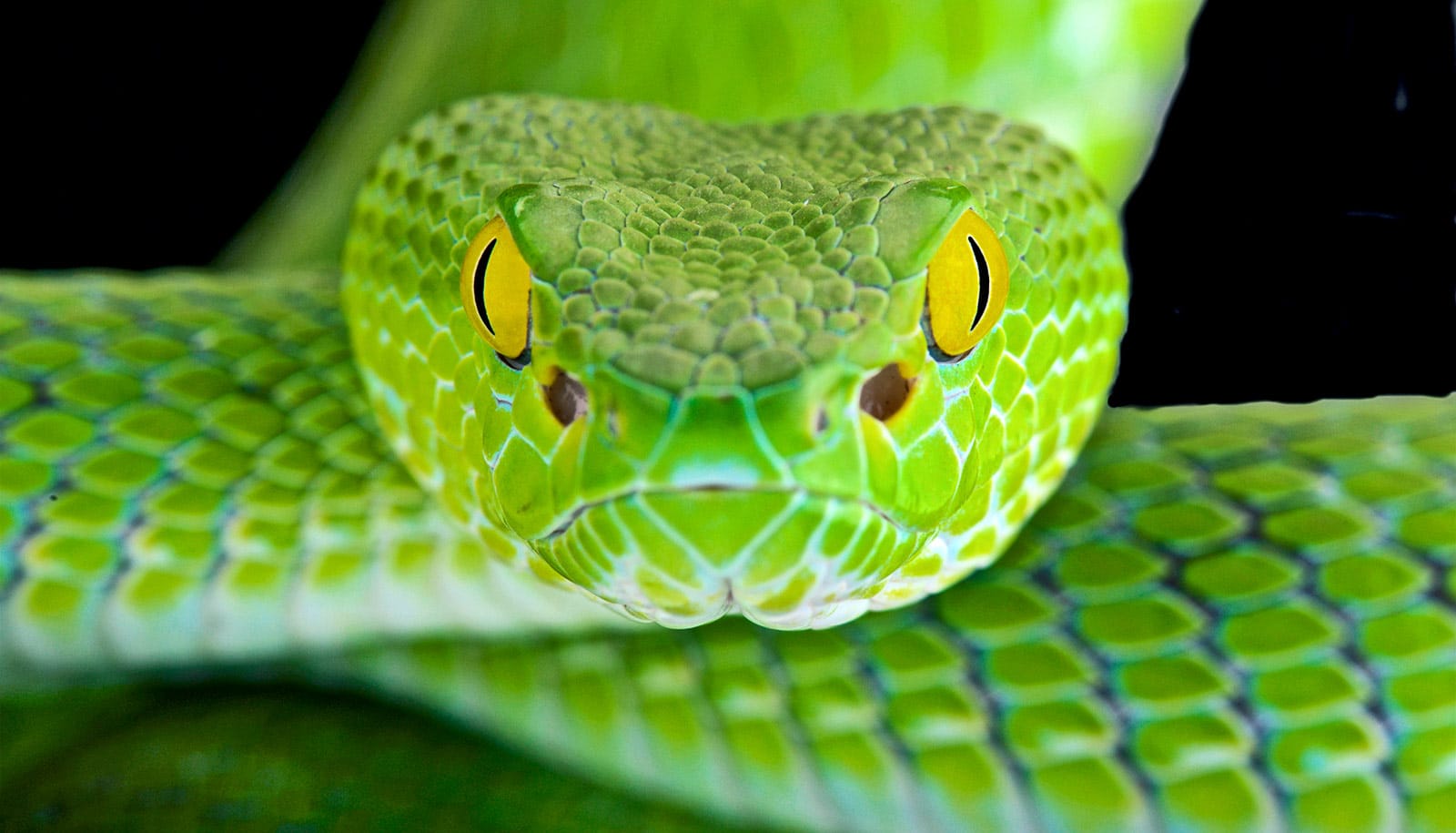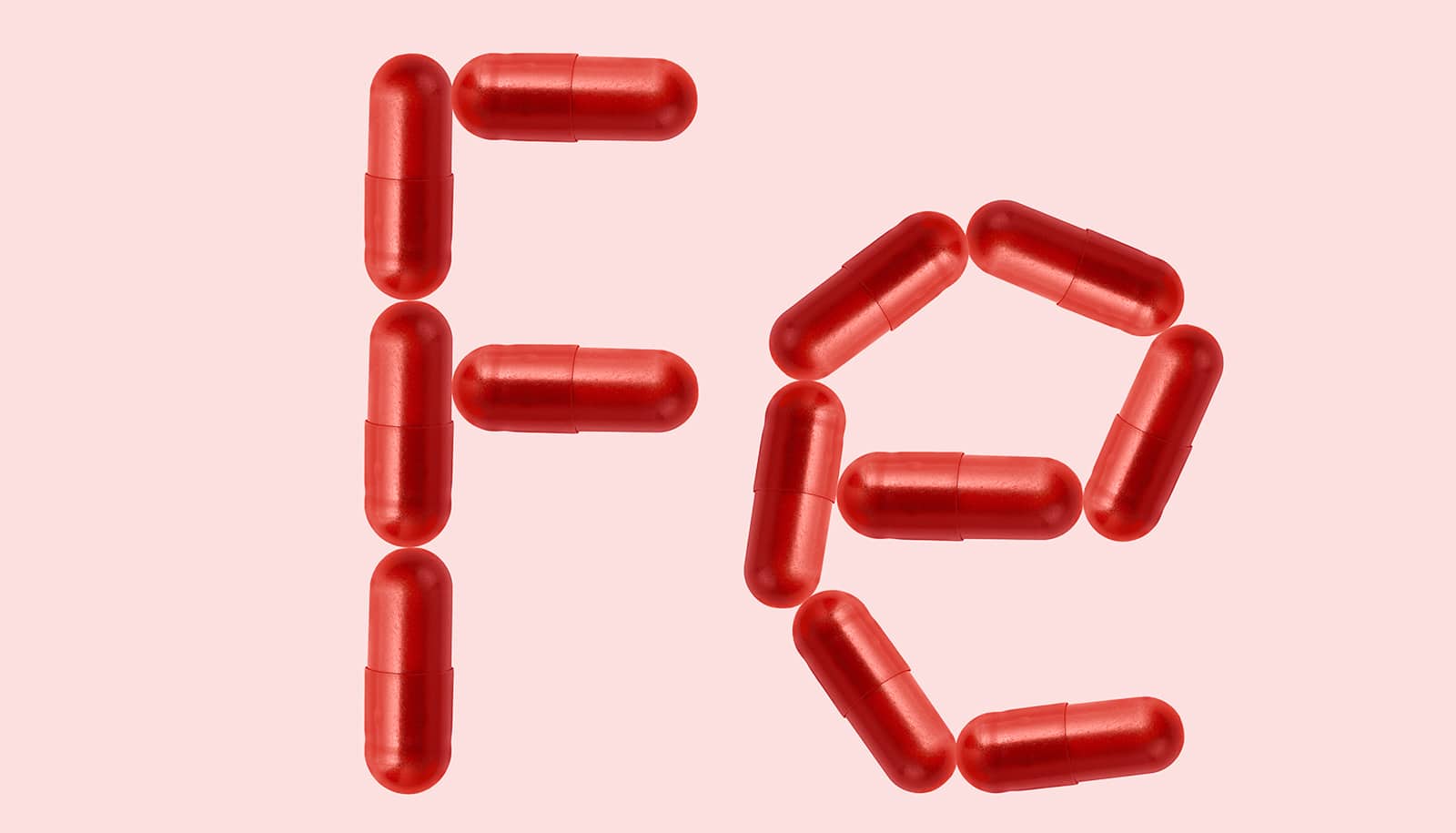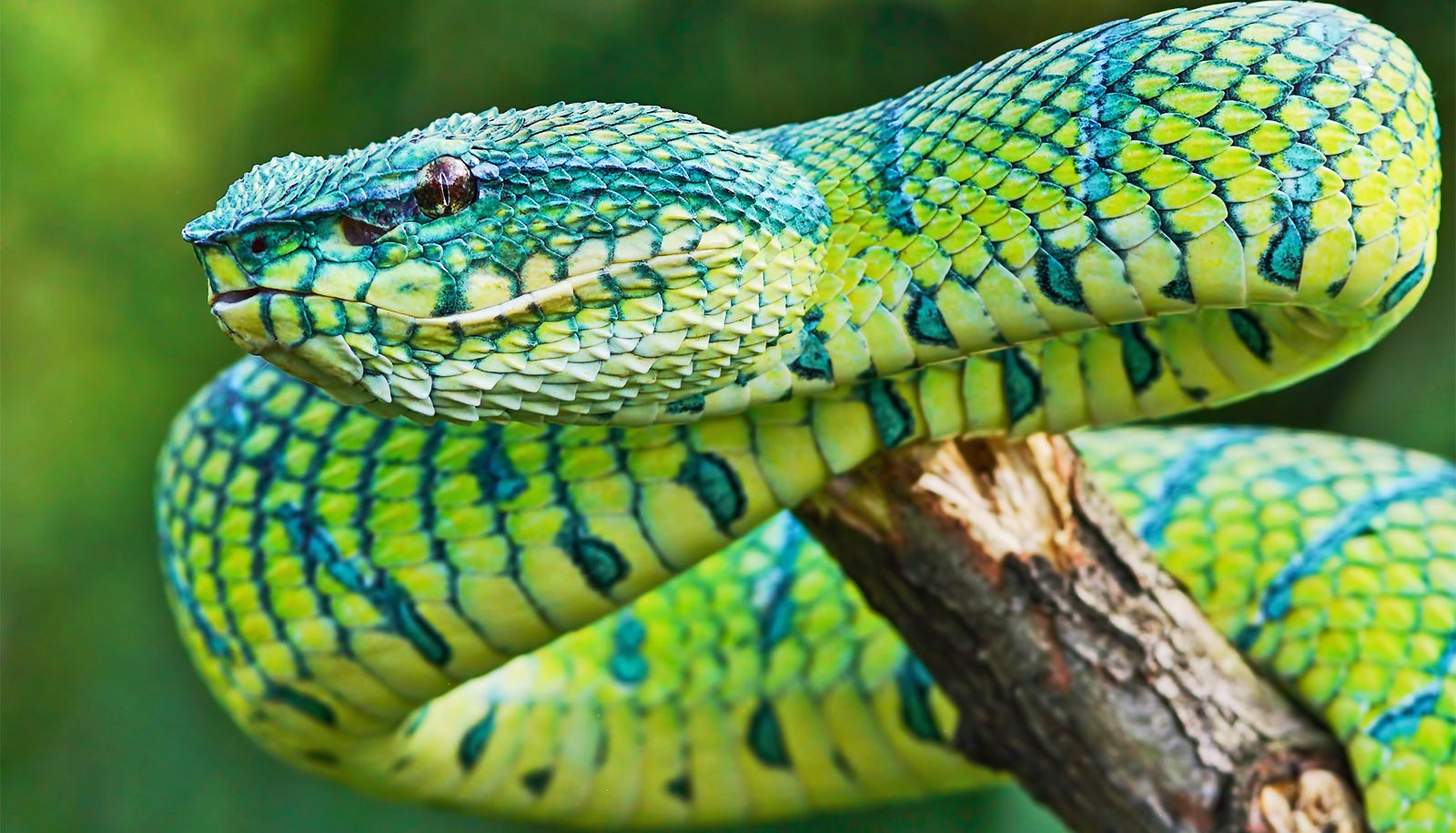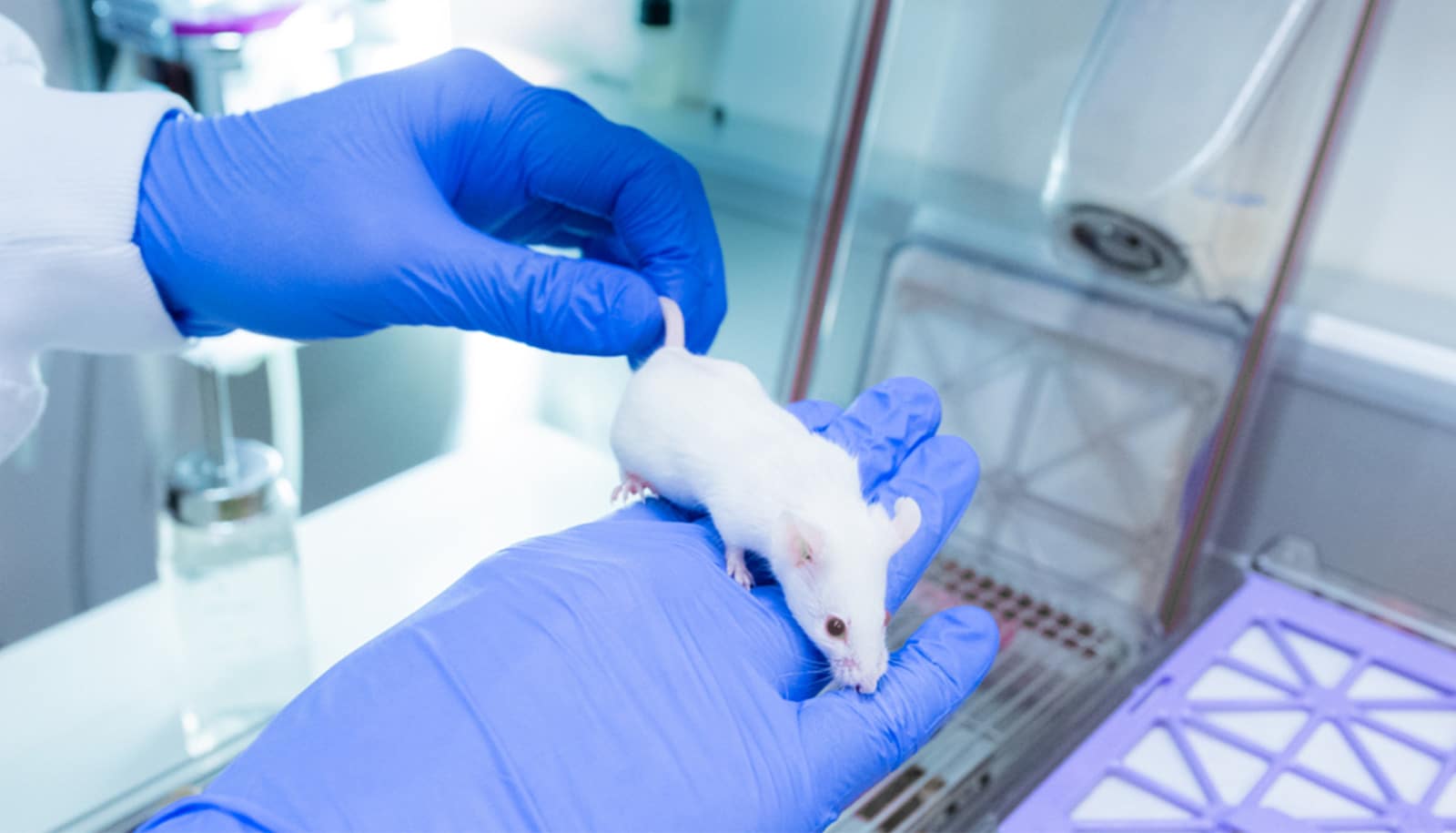A combination of iron and carbon monoxide can inhibit the effects of snake venom for up to an hour, new research with animals suggests.
The finding is a step towards developing a therapy to prevent or delay the dangerous results of venomous snakebites in humans.
“Our aim is to bring to market a therapy that is safe for humans and animals…”
Snake venom is hemotoxic—destructive to the ability of blood to clot—and can cause the destruction of fibrinogen, an essential protein that enables blood to clot and stop excessive bleeding. Snake-venom enzymes can also cause abnormally fast clotting, which can lead to heart attack, stroke, and damage to the body’s organs. The therapy inhibits both reactions.
Vance G. Nielsen, a professor of and vice chair for research in the anesthesiology department at the University of Arizona College of Medicine-Tucson, has confirmed that, if given soon enough after a snake bite, the carbon monoxide-iron-based therapy can directly inhibit snake venom’s ability to block blood clotting in laboratory animals for as long as an hour.
Nielsen also demonstrated for the first time in the test tube that the therapy blocks snake venom’s ability to cause abrupt clotting.
Nielsen published the findings in two papers, one in the journal Basic & Clinical Pharmacology & Toxicology and the other in the Journal of Thrombosis and Thrombolysis.
Time is of the essence following exposure to rattlesnake venom because without fibrinogen, blood does not clot and the risk of internal bleeding increases, resulting in serious health consequences such as blood entering the brain or intestines.
In addition, abnormally fast clotting in the blood vessels can deplete clotting factors and cause excessive bleeding or the clots can block blood vessels, causing lethal loss of blood flow to tissue.
Nielsen has found that the therapy works against the venom of more than three dozen species of snakes throughout the world.
“The excitement is that we have proven that carbon monoxide has the ability to directly inhibit essentially all hemotoxic venom enzymes in the test tube and that it blocks the effects of the Western Diamondback rattlesnake’s venom in animals,” Nielsen says.
Snake venom hydrogel stops bleeding in 6 seconds
“The effects on coagulation of some of the deadliest snake venoms in the world—South American, North American, and even African, such the cobra’s—can be delayed by a treatment that could be delivered with a device much like an EpiPen used for allergic reactions.”
Nielsen is working toward developing the treatment to work in humans. To further advance the research, he is seeking commercial backing and is working with Tech Launch Arizona, the university office that commercializes inventions stemming from its research, to protect the intellectual property of the treatment and strategize ways to get it into the hands of health professionals.
“Our aim is to bring to market a therapy that is safe for humans and animals, has a long shelf life, is readily available, and can be stocked in ambulances, or even first-aid kits for campers or hikers, to save lives,” Nielsen says.
Australia’s most dangerous venom isn’t what you’d think
Source: University of Arizona



